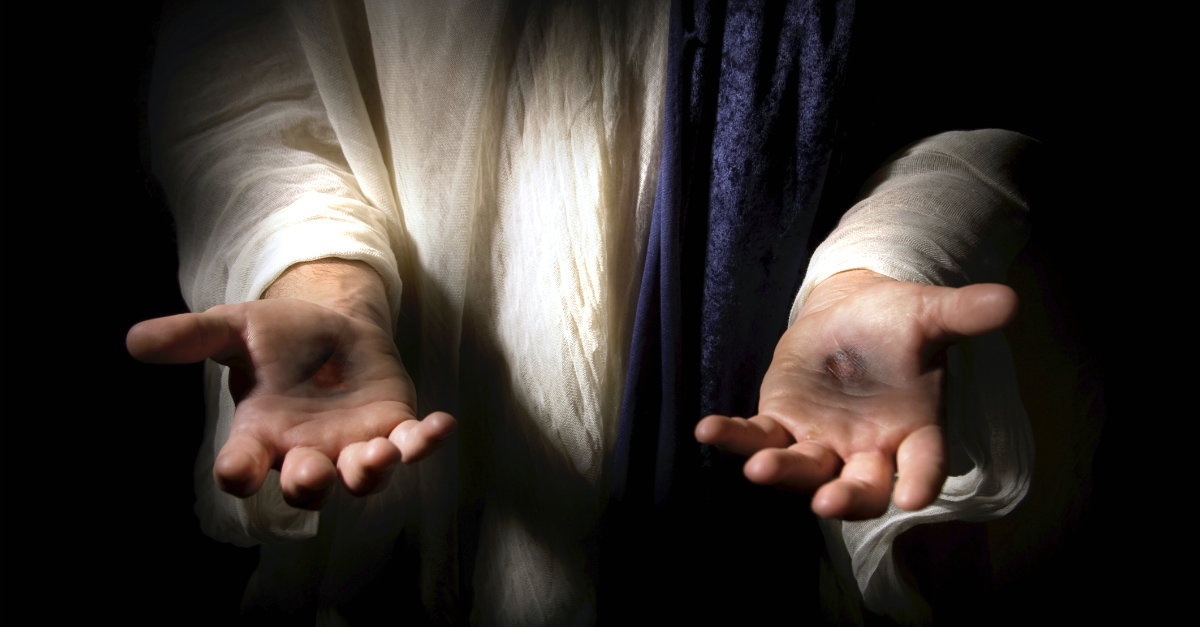The Resurrection of the Lord: a new creation
Imagine that the Romans or the Jewish leaders had cremated Jesus’ body after he died on the cross. It would make no difference to the reality of the resurrection. Or imagine that a tomb was discovered which contained bones that were scientifically proven to be those of Jesus.
If this were to happen, and if I were absolutely convinced that these were Jesus’ remains, I would still believe in the resurrection of Jesus Christ from the dead. The discovery of Jesus’ body would make not one iota of difference to my faith in Jesus Christ as God or to my faith in his resurrection.
In the words of Anthony F. Campbell S.J., ‘the nature of the bodily resurrection of Jesus Christ was such that his physical remains in the tomb were transformed in his resurrection.’
This is to say that the resurrection is a new creation, a mystery to contemplate, novel beyond our imagining, barely glimpsed and grasped in moments of delighted wonder.
The resurrection of Jesus is not like the daughter of Jairus or Lazarus or the son of the widow of Nain coming back to life – that is, it is not simply Jesus being brought back to life. Nor is the resurrection simply Jesus’ influence and spirit living on, or just Jesus’ spirit or soul rising to new life.
The resurrection of the Lord is much more, and something entirely different.
The Gospel accounts of Easter Sunday make it clear that the crucified Jesus and the risen Christ are the same person. This is most evident in the continued presence of the wounds in Christ’s hands, feet and side, witnessed by Thomas.
The Gospel accounts make it clear, however, that there are significant differences.
Because he was somehow different, his friends fail to recognise him. Mary Magdalen mistook the Lord for a gardener. The disciples whose hearts burned within them as they walked along the road to Emmaus recognised him only at the breaking of the bread. Clearly, the Lord was somehow different after he had risen from the dead.
The Risen One was also different in that he was no longer held fast in space and time. We are all held in time, which has the effect that we grow older second by second. We are held in space in that we cannot go from one place to another without actually moving.
From the Gospels it is clear that Jesus was not confined in space and time after his rising from death. He does not travel to join his disciples in day-to-day events; he appears to them. He does not have to come and go; he is there, and in the blink of an eye, he is gone.
We find examples of this phenomenon when Jesus joins his disciples out of the blue in the locked room, and when he leaves the two disciples suddenly at the breaking of the bread in Emmaus.
For a person of faith, the differences between the crucified Jesus and the risen Lord give weight to the notion that the resurrection of Jesus from the dead is a new creation, the object of our awe and wonder, and as well it is something of which we are a part.
We are part of the new creation because we are baptised into Christ’s death and resurrection. And as the Lord now is, so shall we be. Alleluia!
References: Articles by Gerald O’Collins, ‘Between the Lines of the Easter Story’, and Anthony F. Campbell, ‘Recent Controversy over the Resurrection’.

 Entries(RSS)
Entries(RSS)